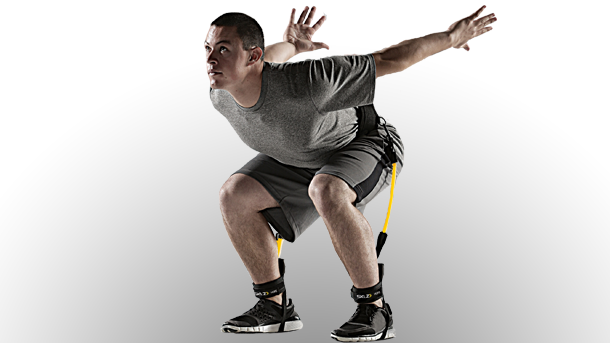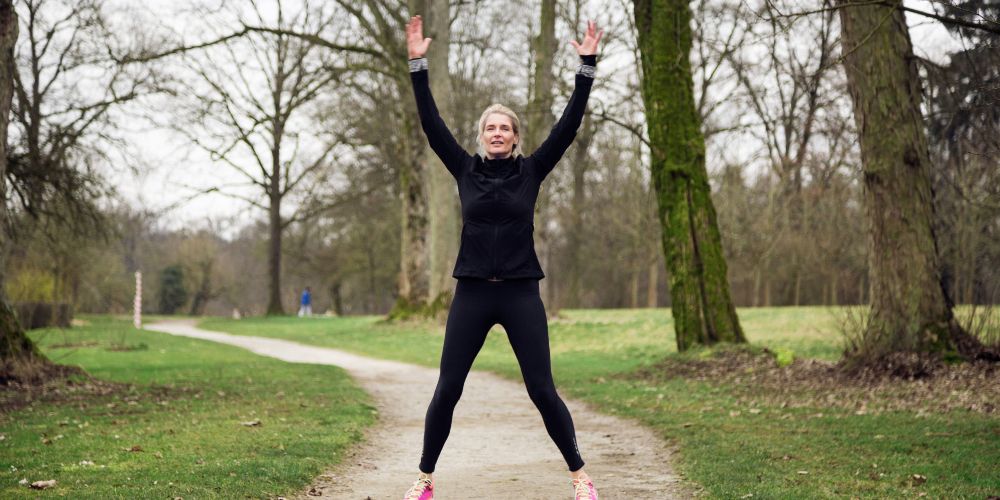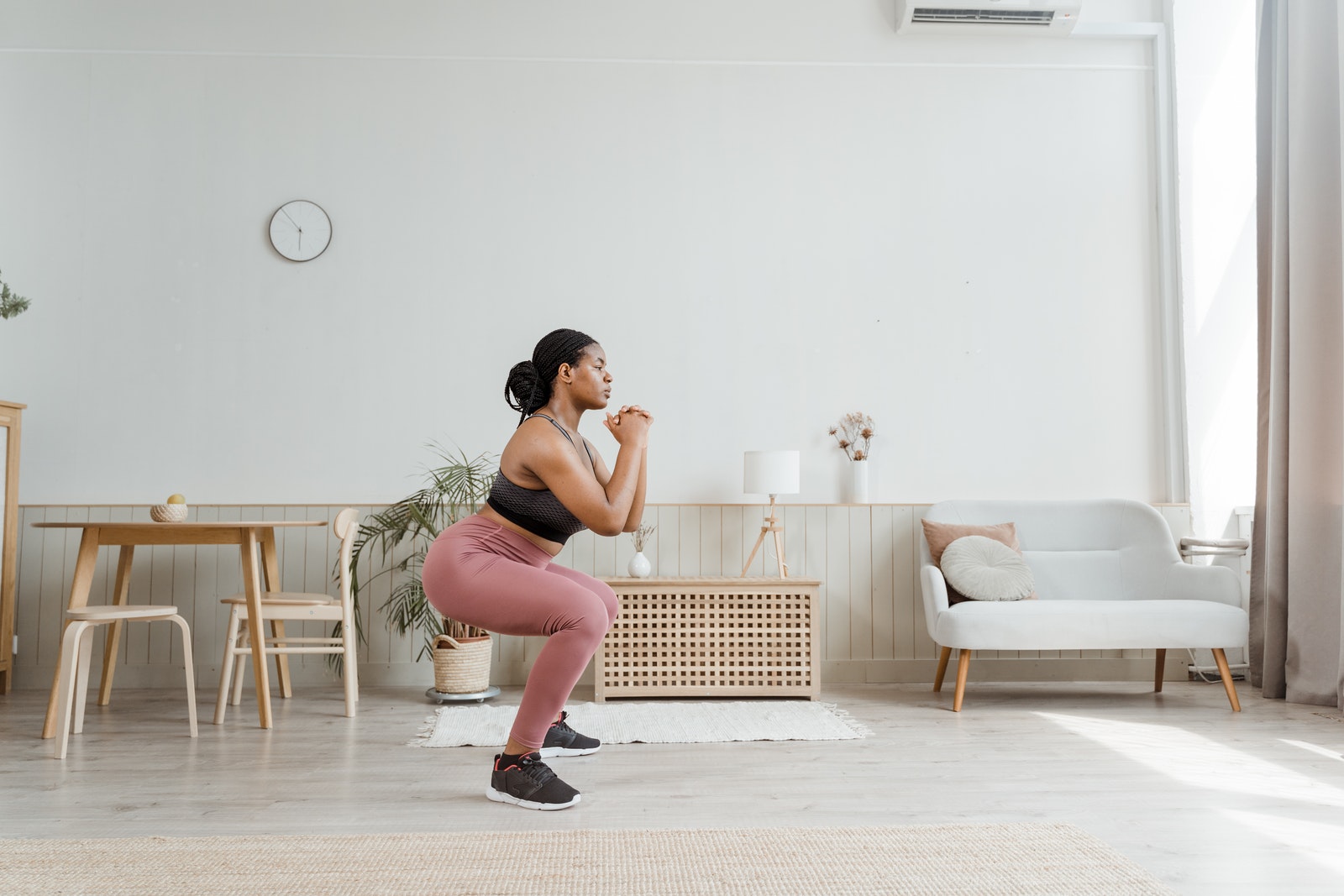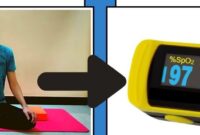
Practicing how to increase the vertical jump is a profitable thing for sports and more balance and agility during daily activities.
The vertical jump is one of the basic movements of the sport. Being able to do high vertical jumps will help you in sports like soccer and basketball. In addition, the lower body muscles are trained.
If done consistently, simple movements can increase the ability to jump higher. Don’t forget, always adjust to your capacity.
How to increase vertical jump
Some exercises that you can do to optimize jumping ability are:
1. Jumping jacks

This movement is included in the plyometric category, namely exercises with strong and fast muscle contractions.
This exercise can help you jump higher by building lower body strength.
How to do it:
- Stand with your feet waist-width apart, hands by your side
- Jump and spread both legs wider
- At the same time, raise your hands above your head until they almost meet
- Back to its original position
- Do 2-5 sets with 10-20 repetitions
2. Burpees
Burpees hone strength and endurance and can also be a cardio move. Interestingly, burpees train the whole body to have the strength to jump higher.
How to do it:
- Stand with feet shoulder-width apart
- Push the buttocks back as if to sit down, into a squat position
- Press both hands to the floor, in front of both feet
- Jump with both feet directed back into a high plank position (modify by walking or stepping)
- Do pushups
- Jump, walk or step with both hands to return to a squat position
- Jumps while raising both hands up
3. Squat jumps

This exercise strengthens the waist and the legs so that you can jump higher. Once mastered, you can use weights to add to the challenge.
How to do it:
- Stand with your feet waist-width apart, hands by your sides
- Hold the abdominal muscles to keep the back straight
- Bend your knees slightly
- Slowly lower the buttocks into a squat until the ankles slightly rise
- Hold for a few seconds
- Jump as hard as you can by moving your calves, knees, and waist at the same time
- While in the air, lift both knees towards your chest
- Land as slowly as possible with the sole in the middle before transferring the weight to the ankles
- Do 2-4 sets of 6-12 reps
4. Forward linear jumps
This exercise uses the abdominal muscles, waist, and thighs. As the name implies, the movement is not only jumping up but also forward. For added intensity, immediately resume jumping when landing the first time without returning to the starting position.
How to do it:
- Stand with your feet waist-width apart, hands by your sides
- Hold the abdominal muscles, push the buttocks back (squat position)
- Straighten both elbows back
- Jump forward by pressing the foot and straightening the leg
- At the same time, extend both hands above your head
- Pull your feet forward on landing and return to a squat position
- Back to its original position
- Do as many reps as possible until the position is right
5. Single-leg deadlift with jump

This exercise is more advanced but can train stability when jumping on one leg. But if you are not used to it, try it with both feet first.
How to do it:
- From a standing position, straighten your right leg back
- Lean forward so that your torso is parallel to the floor
- Right hand forward, while left hand back
- Raise the right leg behind at waist level
- Explosively jump by lifting left foot
- At the same time, raise your right leg forward
- Back to its original position
- Do 2-4 sets of 3-10 reps on each side
In addition to the movements above, some exercises can be a way to improve vertical jumps, such as:
- Sprint short distances (sprints)
- Run-on the stairs
- Step up
You can build strength by doing slow and controlled movements to be more dynamic. Not only that, but strength can also increase if speed is increased.
But don’t forget, always warm up before doing the exercises above. Usually, athletes jump rope simultaneously as a warm-up, so blood circulation is faster and muscles are more prepared.
When doing a vertical jump, make sure to start with your feet waist-width apart. You can also swing your arms to build momentum as you jump. Also, make sure to land with both knees slightly bent.
Important notes for training to increase vertical jump
Vertical jumps are high-intensity activities. So, maybe not everyone is suitable to do it. If you feel that the pressure is too excessive, especially on the knees, waist, ankles, and legs, try to pause and evaluate before training the muscles again.



